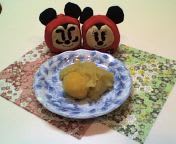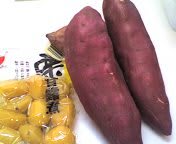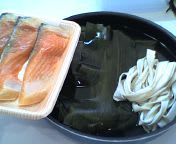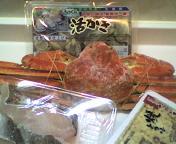Brown Rice 
If you are not Japanese but you love white rice,
or you have the custom of eating white rice like Japanese people,
I would like to recommend trying some brown rice called Genmai in Japanese.
We Japanese have the custom of eating white rice a lot,
because white rice is a food that is easier to chew than other kinds of rice.
Certainly, white rice is so delicious as it's sleek and soft,
but some nutrition has been taken away.
Rice is an essential part of a balanced diet.
But you know, when we make white rice from brown rice,
the good nutritious components are lost with the bran from the brown rice.
So, I’d like to introduce this kind of rice called Bijin Genmai.


This is a kind of brown rice which is a mixture of brown rice, black rice and soybeans.
I recommend this rice because this one contains a lot of minerals, vitamins and fiber.
Modern people tend to easily lack these kinds of nutrition in their diet.
Also, this rice includes black rice, and black rice contains polyphenol like anthocyanin,
which gives your body many health benefits.
If you are interested in this rice, please check my recipe!
Hyperlink is here Recipes
Recipes 

If you are not Japanese but you love white rice,
or you have the custom of eating white rice like Japanese people,
I would like to recommend trying some brown rice called Genmai in Japanese.

We Japanese have the custom of eating white rice a lot,
because white rice is a food that is easier to chew than other kinds of rice.
Certainly, white rice is so delicious as it's sleek and soft,
but some nutrition has been taken away.

Rice is an essential part of a balanced diet.

But you know, when we make white rice from brown rice,
the good nutritious components are lost with the bran from the brown rice.

So, I’d like to introduce this kind of rice called Bijin Genmai.



This is a kind of brown rice which is a mixture of brown rice, black rice and soybeans.
I recommend this rice because this one contains a lot of minerals, vitamins and fiber.

Modern people tend to easily lack these kinds of nutrition in their diet.
Also, this rice includes black rice, and black rice contains polyphenol like anthocyanin,
which gives your body many health benefits.

If you are interested in this rice, please check my recipe!
Hyperlink is here
 Recipes
Recipes 












 Ingredients (for 20 balls)
Ingredients (for 20 balls) 

 材料
材料 































 かも。
かも。














